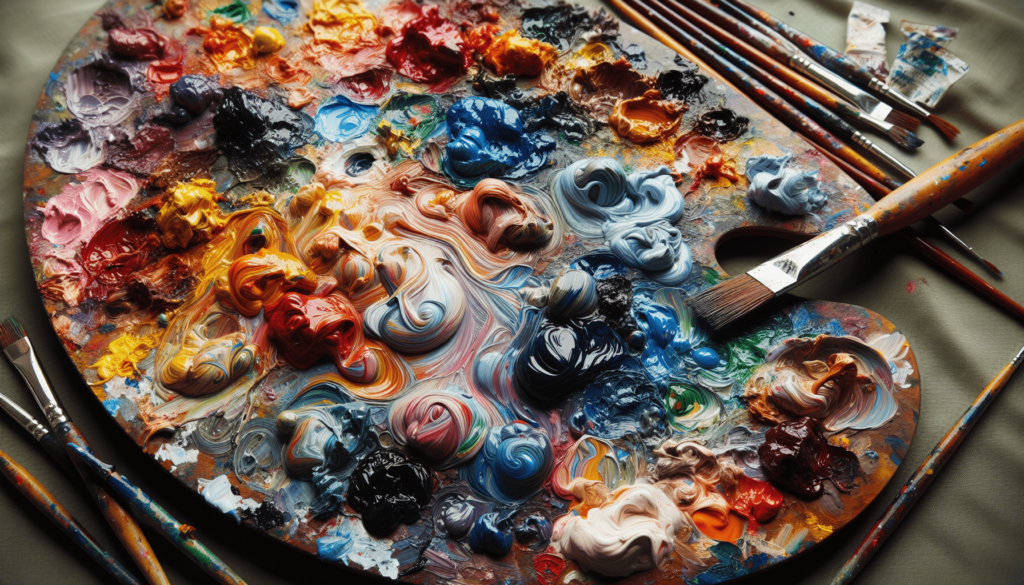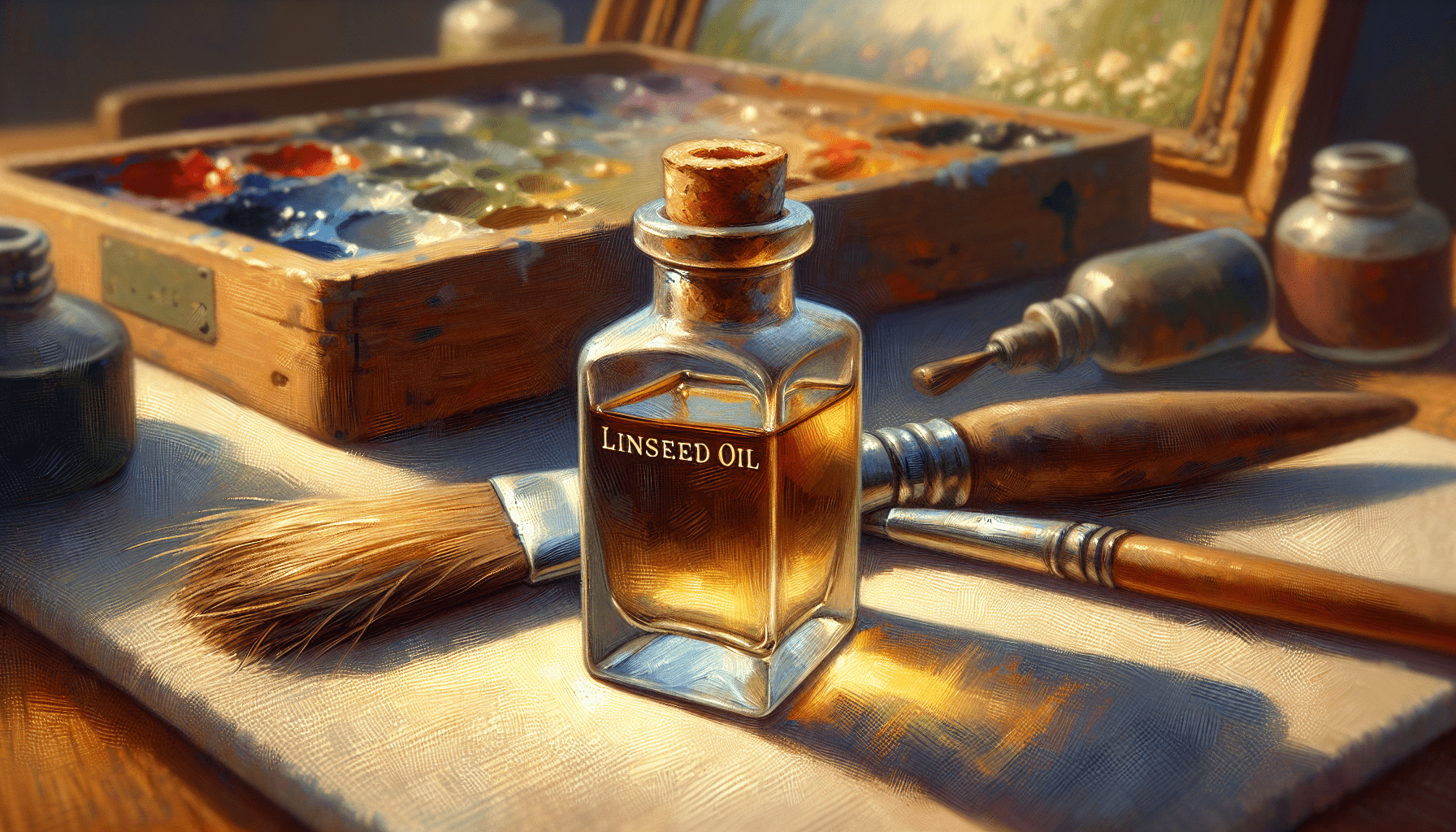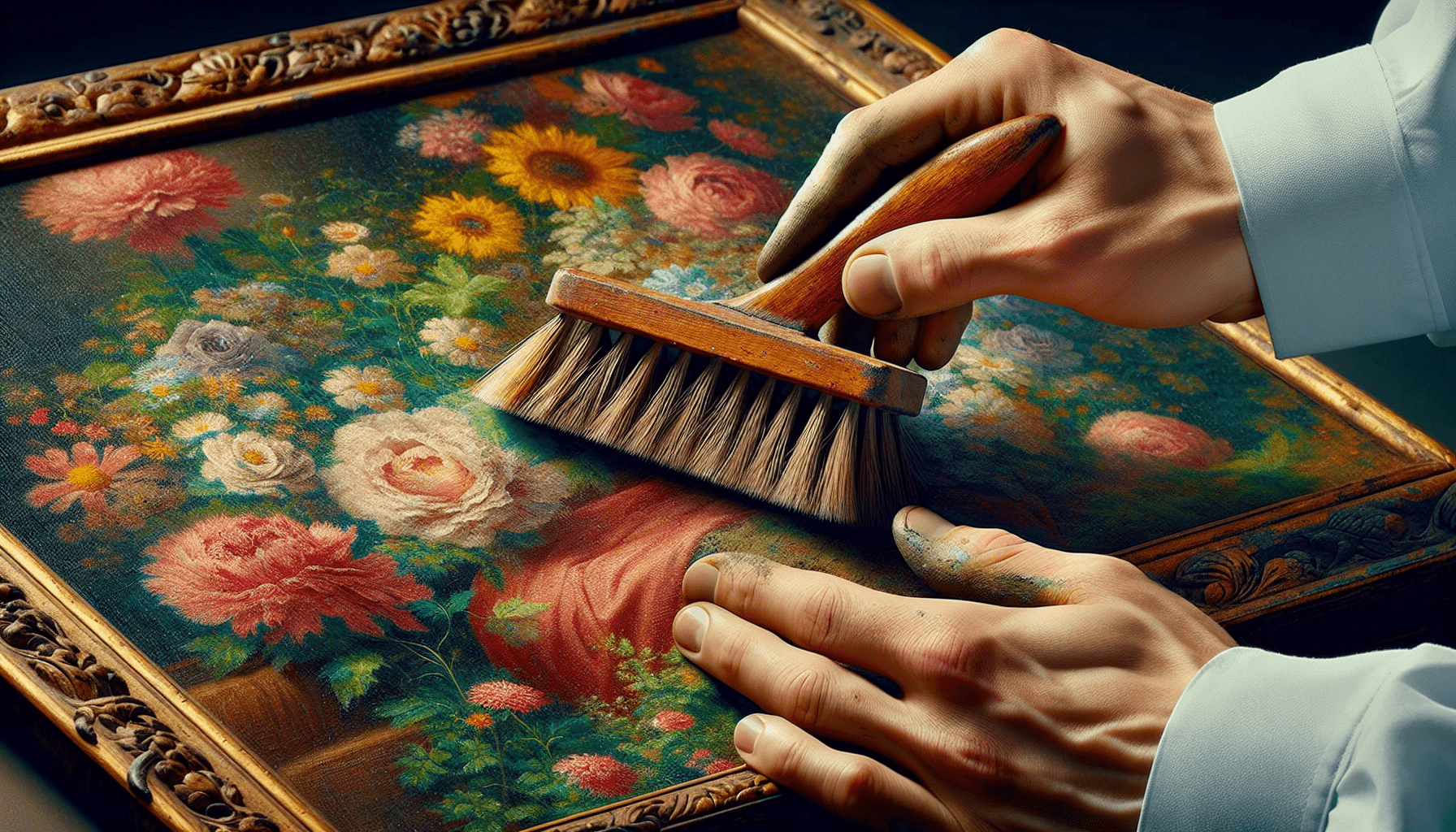In the intriguing realm of art, understanding the drying process of oil paint can drastically enhance your creative output. “How Does Oil Paint Dry” offers in-depth insight into the mechanisms and factors that influence the drying time of this versatile medium. The article moves beyond the rudimentary knowledge of art, providing you with information that deepens your appreciation for the craftsmanship and patience necessary in creating enduring pieces of oil painting. It delves into the chemistry behind oil paint drying, shedding light on why some colors dry faster than others and how external conditions can affect the drying time. Prepare for a fascinating journey unraveling the complexities of oil paint drying.
Chemical Composition of Oil Paint
Oil paints have been a prominent medium in the world of art for centuries due to their versatility, durability, and rich color range. To fully comprehend the drying process of oil paints, you need to understand their chemical composition.
Ingredients of oil paint
The essential ingredients in oil paint are pigments and oil, which acts as the binder. The type of oil used traditionally and most commonly is linseed oil. Other oils such as poppy seed or walnut oil are also used for different visual and drying effects. Some modern oil paints also include additives or solvents to alter properties like texture, drying time, and gloss level.
Chemical reaction between oil and air
Oil paints dry through an oxidative process, reacting with oxygen present in the air. This reaction causes the oil to change its state from liquid to solid. It is not simply an evaporation process; instead, it is a complex chemical reaction known as oxidative polymerization.
Evaporation of solvent
If solvents or diluents such as turpentine or mineral spirits are added to the oil paint to thin it, these will evaporate once exposed to air. However, this is not the primary drying process for oil paint. Unlike watercolors or acrylics that dry through straightforward evaporation, oil paints dry through chemical transformation.
Oxidation and Polymerization
The overall drying process of oil paints involves several chemical reactions, two of which are oxidation and polymerization.
Role of oxygen in drying process
Oxygen plays a critical role in drying oil paint. It combines with the oil to form a hard, solid film of paint. This process, known as oxidation, is what changes the paint from wet to dry but not yet fully cured.
Formation of metal soaps
During this oxidation process, pigments that contain metals, such as lead or zinc, can react with the fatty acids in the oil binder, forming complexes known as metal soaps. These affect the texture and the firmness of the paint layers, contributing to the unique qualities of oil paint.
Polymerization process
The second major reaction in the drying of oil paints is known as polymerization. Fatty acids link with each other and form long chains or polymers, leading to an increased hardness in texture with time. The process lays the groundwork for the enduringly appealing sheen and depth of oil paintings.

Drying Time Factors
There are several factors that affect the drying time of oil paint, which is notoriously slow compared to other paint mediums.
Type of oil used
The type of oil used as a binder plays a significant role in the drying time. For instance, linseed oil is known for its faster drying properties, while safflower or poppy seed oil dries slower but provides a richer color.
Pigment characteristics
Different pigments have different drying times. Those containing metallic elements, such as lead or cobalt, can act as drying agents and speed up the drying process.
Humidity and temperature
Room conditions such as temperature and humidity can significantly influence the drying time of oil paints. Higher humidity levels can slow the drying time, while warmer temperatures typically speed up the drying process.
Thickness and application technique
The thickness and application technique of the paint also significantly impact the drying time. A thickly applied stroke of paint will take considerably more time to dry than a thinly applied one.
Stages of Oil Paint Drying
When oil paint dries, it goes through four stages: skinning, surface drying, through drying, and curing.
Skinning
During the skinning stage, a surface layer of paint begins to dry and forms a skin. This will occur a few hours to a couple of days after application, depending on the factors mentioned above.
Surface drying
Next, in the surface drying stage, the paint’s tackiness reduces gradually. It no longer smudges easily but is still soft beneath the surface and vulnerable to accidental damage.

Through Drying Stage
In the third stage, called through drying, the paint loses its stickiness entirely and becomes a solid film. Here, the entire thickness of the applied paint dries. Despite this, it’s still not fully cured.
Curing Stage
Curing, the final stage, is the solidification of the entire paint layer, including the deepest levels. During this phase, the paint film develops its final hardness, sheen, and other properties. This process may take weeks to months to complete, depending on the thickness of the application and the environmental conditions.
Role of Pigments and Fillers
Pigments and fillers in oil paint significantly impact the paint’s drying time and its final characteristics.
Influence on drying time
Certain pigments and fillers influence the drying time of oil paint. For example, pigments that have metallic components, like lead white, act as a catalyst and help speed up the drying process.
Absorption of oil and solvents
Pigments also absorb a portion of oil and solvents, affecting the evaporation rate and, therefore, the drying process.
Effect on paint film characteristics
Finally, the pigment particles can affect attributes like the sheen, texture, and hardness of the final paint film, as they form the bulk of the solid content in the paint.
Drying Techniques and Mediums
Various drying techniques and mediums can be employed to manipulate the drying process of oil paints.
Using drying additives
Artists often add drying agents, known as siccatives, into the paint to accelerate the drying process. Cobalt, lead, and manganese are examples of common siccatives used.
Effect of oil-based mediums
Some artists use oil-based mediums like stand oil or alkyds to regulate the drying process. These mediums can hasten or delay the drying time and influence the finish of the paint.
Applying thin layers
A technique to speed up the drying process is by applying thin layers of paint. Using less oil and more pigment can reduce the paint’s thickness, resulting in a quicker drying time.
Varied application methods
Methods such as “fat over lean” and “slow drying over fast drying” are often implemented to ensure each successive layer of paint dries at an equal or slower rate than the previous layer, preventing the upper layer from cracking. These are examples of how application methods are vital for the integrity and longevity of a finished oil painting.
In conclusion, drying oil paint is more than just waiting for the liquid to evaporate; it’s a series of intricate chemical reactions. Understanding these processes helps in mastering the use of oil paints, enabling you to make the most of this extraordinary medium’s potential and durability.



